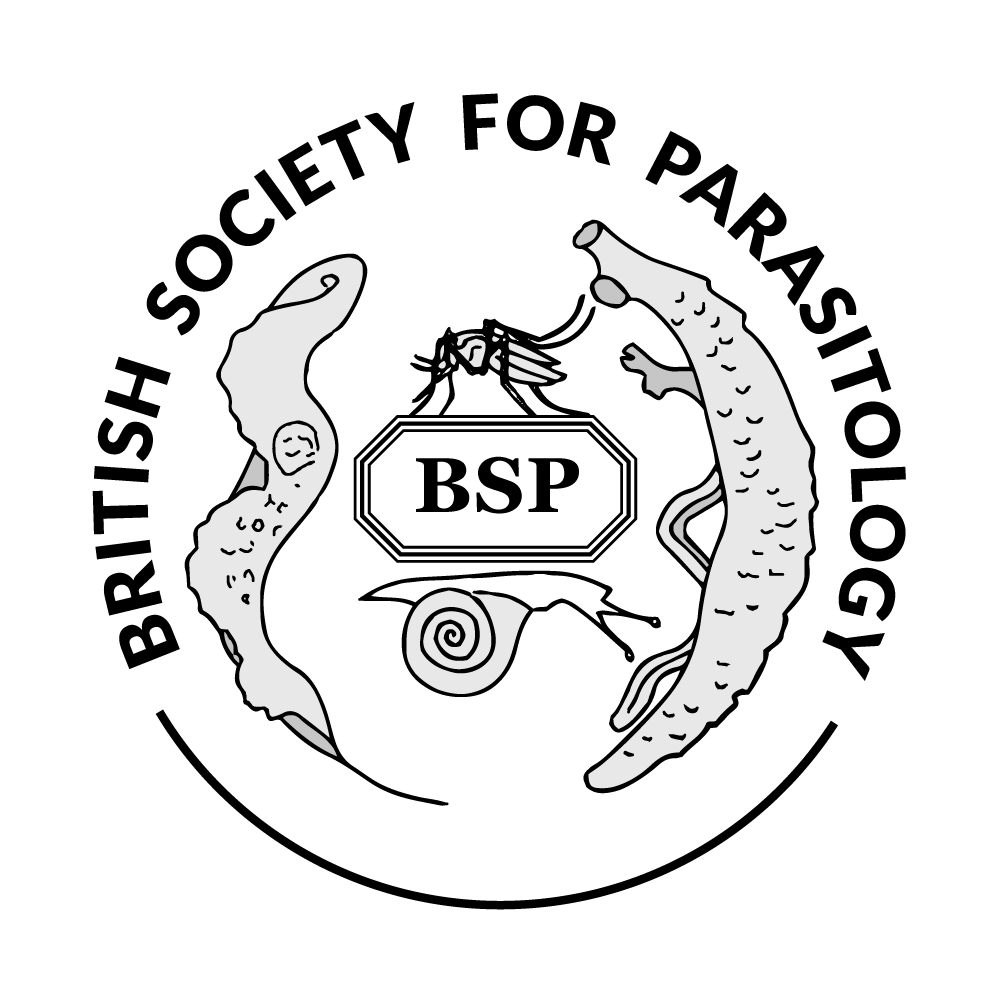

|
Wed4 Sep05:26pm(3 mins)
|
Poster 7 |
Where:
The Flett Lecture Theatre
Speaker:
|
Molecular Epidemiology of Female Genital Schistosomiasis in Southern Malawi
Introduction
56 million women and girls are reported to be suffering from female genital schistosomiasis in sub-Saharan Africa however many go undiagnosed or misdiagnosed. Resulting from chronic Schistosoma haematobium infections, FGS is widely associated with increased HIV transmission, urogenital cancers, and secondary infections However, the true extent of the public health burden is unknown. Likewise, the zoonotic potential of schistosomes is under researched in the context of FGS.
This sub-study is conducted within the broader longitudinal Human Urogenital Schistosomiasis (HUGS) study at Liverpool School of Tropical Medicine with Malawi Liverpool Wellcome Trust. The purpose of this study was to estimate and further understand the disease burden of FGS across two endemic populations in doing so determine the impact zoonotic infections have on FGS in Malawi.
Aims
We broadly aim to genotype schistosomes in FGS across Nsanje and Mangochi districts in the southern region of Malawi. More specifically we aim to estimate the prevalence of female genital schistosomiasis over a two- year period in a biannually praziquantel treated cohort. Additionally, we aim to apply high resolution melt (HRM) assays to cervicovaginal lavage (CVL), cervical swabs, and hatched miracidia to characterise cox1 diversity in all schistosomes.
Methods
June 2023, 87 female adults (> =18 years old) who tested positive for S. haematobium by urine microscopy in the wider HUGS baseline study (June 2022) were recruited for the FGS sub study. Biannual follow ups were conducted over 2 years, where colposcopy examinations were conducted, CVL, cervical swabs and genital tissue biopsies were taken. HRM was used to genotype the nuclear and mitochondrial genome of all FGS infections as well as individual miracidia. Melt curve analysis indicated which miracidia should be further characterised with a multi locus approach and Sanger sequencing.
Results
This study found an overall decrease in FGS prevalence by CVL and cervical swab qPCR (86% and 79% respectively) in a biannual mass drug administered (MDA) cohort over two years. An increase in non- S. haematobium infections was observed in Nsanje district, with HRM melt profiles consistent with Schistosoma mattheei. However, in Mangochi district we report an overall decrease in non-S. haematobium FGS infections.
HRM analysis of 95 individual miracidia hatched from CVL at baseline (June 2022) found no schistosomes with interspecies heritage indicating hybridisation.
Conclusions
Here we evidence, that biannual praziquantel treatment is effective in reducing FGS prevalence across in Southern Malawi. Despite no hybridisation events being detected at baseline, the increase in zoonotic infections observed in Nsanje indicates increased opportunity for interspecies worm pairings within co-infected definitive hosts. Emphasising the need for improved continuous molecular surveillance of FGS to further understand the clinical impact of zoonosis.